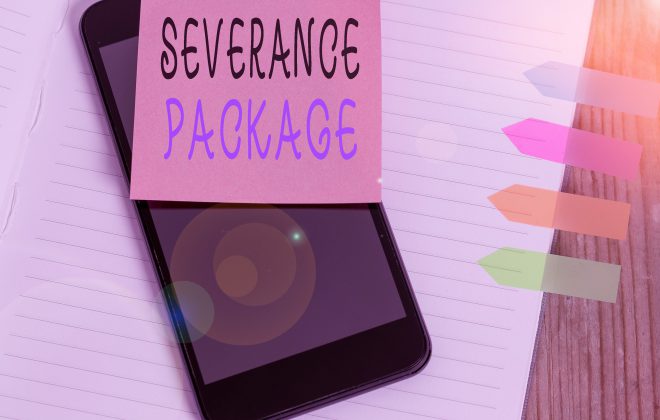Is a stokvel for you? Understanding this very popular way to save
Did you know that there is a savings scheme, unique to South Africa, that allows members to contribute money to a central fund and then benefit from draw downs regularly too? Yip, it’s called a stokvel and dates back to the 19th century when English settlers in the Eastern Cape used them as a way to trade livestock at cattle auctions. Over time, the concept has evolved in to the traditional stokvel that we know today that allows for group saving and investment.
Stokvels defined
Stokvels work as a co-operative savings scheme where people club together in groups of 12 or more to create a pool of money that can be tapped into for different reasons which are agreed upon by members.
Stokvels generally are constituted to save for a specific type of investment, whether something simple like groceries or burials when required through to more sophisticated investment schemes or even to create an initial investment into a business which will benefit all members over time. Regardless of the reason for investment, there are some basic rules that apply: most stokvels work on a rotational basis where members receive a lump sum from the pool at different times.
According to Andile Mazwai, the Chief Executive of the National Stokvel Association of South Africa (Nasasa): “There are over 11.4 million individual stokvels members, belonging to over 811 000 groups. Collectively, stokvels are said to currenly constitute a pot valued at R45 billion”.
Anyone can join a stokvel and groups such as burial societies could have up to 50 members, while investment or grocery groups are generally smaller.
While the concept seems to be a loose arrangement, stokvels are actually very well managed. And due to the number of South Africans actively invested in this alternative form of saving, stokvels are rigorously regulated. All stokvels are required by law to be registered with the stokvel association, NASASA (www.nasasa.co.za), which in turn is authorised by the South African Reserve Bank. So, if you’re looking to invest, make sure you join a registered group.
The banks get on board
Traditionally, the money that went into a stokvel was physically collected by members and stored somewhere safe. Now the bigger banks are creating group savings accounts so the money can be directly deposited into one of these accounts. All four of South Africa’s biggest banks have their own stokvel accounts too so if you’re looking for some form of pooled saving, these make work for you:
So, is a stokvel for you?
As with all forms of saving scheme, there are advantages and pitfalls to investing in a stokvel and you must do your research to see if this is the best way for you to save. But just bear in mind that stokvels are growing faster than the pension fund industry so there is certainly benefit to be gained by doing the research.




